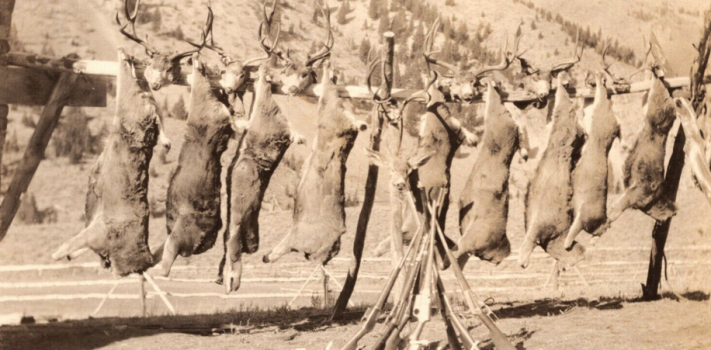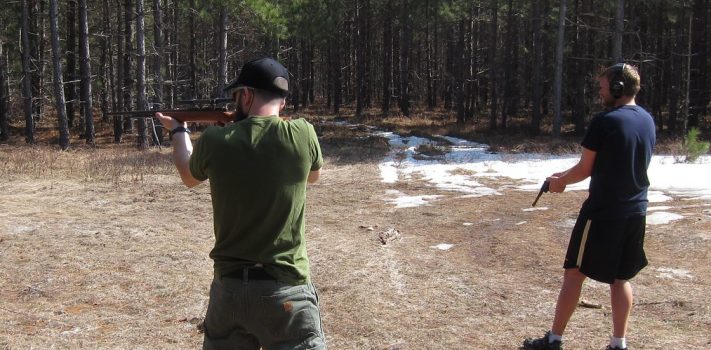Hunting in Desperate Times – Part 4, by Tunnel Rabbit
(Continued from Part 3.) 7×57 Mauser Here is one good 7×57 Mauser load: Federal Power-Shok Jacketed Soft Point 175 Grain 7mm Mauser. It has a muzzle velocity of 2,390 fps. 6.5×55 Swedish Mauser My preferred roundnose 6.5×55 Swedish Mauser load uses a Hornady 160 grain RN at 2,400 fps. Round nosed bullets are falling into disuse. I was only able to find one manufacturer offering loaded 6.5×55 round nosed soft point ammunition and it was at an excessively high price. Reloaders have either Hornady or Sierra RN bullets to choose from. I have plenty in stock. Brace for sticker shock …





